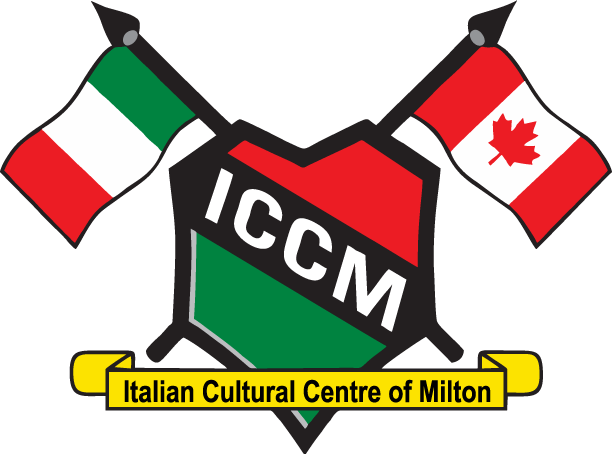Toscana
About Toscana or Tuscany
Toscana borders in the north with Liguria and Emilia-Romagna, in the east with Marche and Umbria, and in the south with Lazio. It is located in central Italy and stretches from the Apennines to the Tyrrhenian Sea.
Toscana is known for its dramatic landscape, tall cypress trees, grapevines, olive trees, its rolling hills, and hilltop villages that overlook beautiful valleys.
Tuscany has some of the best art galleries in the world. These include the Uffizi Gallery, the Bargello Museum, and the Santa Croce Museum. Medieval era and the Renaissance are the periods that produced these beautiful masterpieces. The Renaissance has been home to some of the most influential people in the history of arts and science, Dante Alighieri, Boccaccio, Botticelli, Giotto, Donatello, Michelangelo, Leonardo da Vinci, Vasari, Puccini and the Medici Family who ruled Florence from 1434 to 1737.
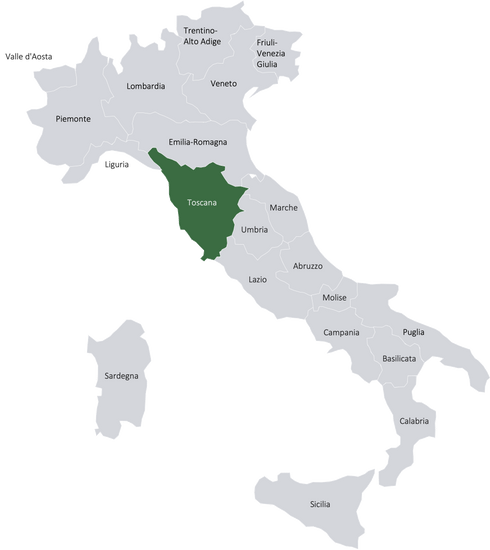
Toscana is one of the most famous wine regions in Europe. It is known for the Sangiovese dry red wines. These include Chianti, Brunello di Montalcino, and Vino Nobile di Montepulciano. However, the most searched-for wine is Sassicaia, a blend of Cabernet Sauvignon and Cabernet Franc from the coastal region of Bolgheri. The region’s top wines are officially recognized and protected by a raft of 41 DOC and 11 DOCG titles.
Capital – Firenze or Florence
Florence lies on the banks of the Arno. It is located between the Adriatic and Tyrrhenian seas. Florence is known for its history, art, culture, architecture, science, industry, and commerce. It is the birthplace of the Italian Renaissance and is packed with world-famous art and masterpieces. Florence’s museums, palaces, and churches hold some of the greatest treasures in the world. The Uffizi Gallery is one of the most popular museums in the world. Florence has almost 1/3 of the world’s masterpieces, most from the Italian Renaissance. The Florentine language is the basis of the Italian language. Today Florence is one of the fashion capitals of the world. Brands from Florence include: Gucci, Pucci, Cavalli, Farragamo. Tourism is the most important industry in Florence, as 15 million tourists visit Florence annually.
Foods of Toscana
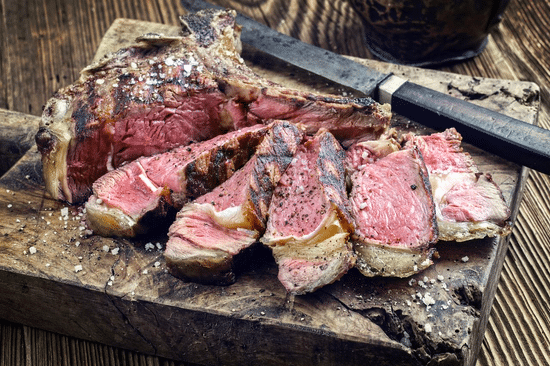
Bistecca alla Fiorentina
This beef steak is prepared with dry-aged beef from the Chianina cattle. A typical steak Fiorentina is always cut at least three fingers wide. It is grilled and eaten once slightly charred.
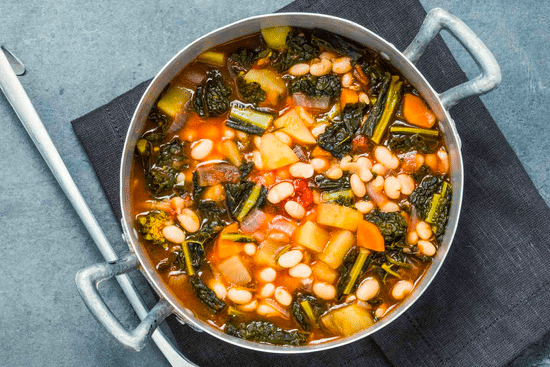
Ribollita
The name refers to the fact that it is food which is reboiled from left over ingredients such as bread, cannellini beans, kale, onions, carrots and cabbage.
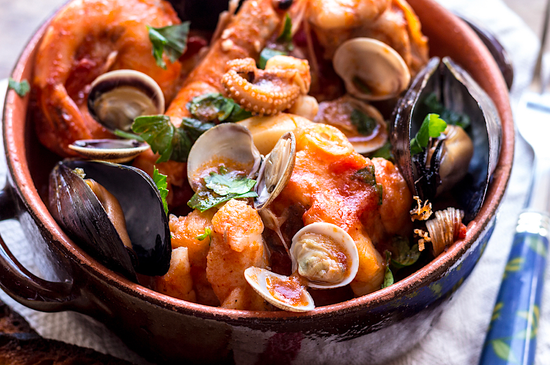
Cacciucco
A fish stew usually made with five different types of fish.
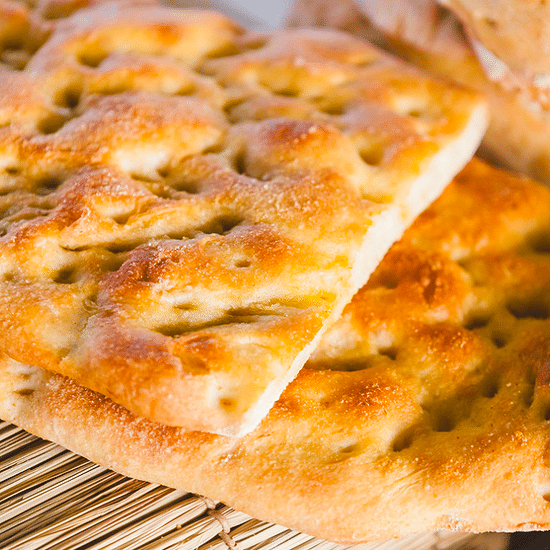
Schiacciata
A type of crunchy bread made of flour, olive oil, yeast, water, and sugar.
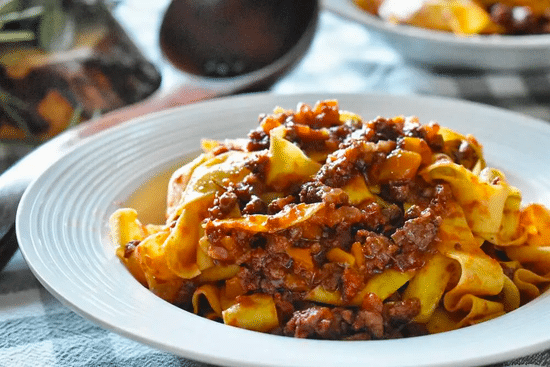
Pappardelle al Cinghiale
Pappardelle is a long wide pasta which is paired with a wild boar ragu.
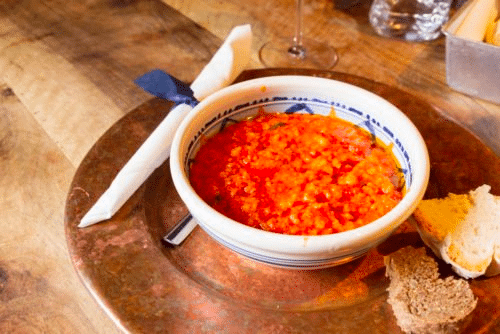
Pappa al Pomodoro
A thick soup made with tomatoes, bread, olive oil, basil, and garlic. Is served either hot or cold.
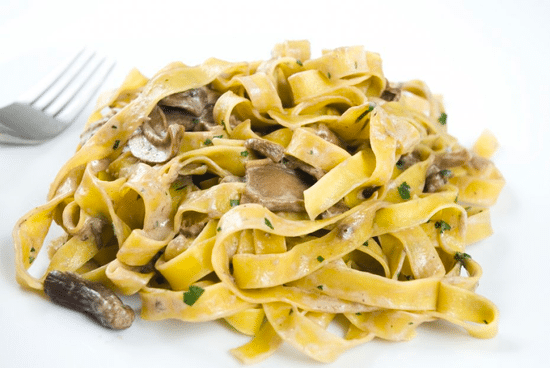
Tagliatelle Funghi Porcini e Tartufo
Thin long pasta with tossed in porcini mushrooms and tartufo (truffles).
UNESCO World Heritage Sites in Toscana
Historic Centre of Florence
Metropolitan City of Florence
The city of Florence is the symbol of the Renaissance and was an important centre of Renaissance humanism. It has had a profound influence on the architecture and arts of Italy and Europe as a whole, being associated with artists such as Giotto, Brunelleschi, Botticelli, and Michelangelo. Monuments in the city include the Florence Cathedral, the Basilica of Santa Croce, the Uffizi, and the Palazzo Pitti. Minor boundary modifications of the site took place in 2015 and 2021. Piazza della Signoria is pictured.
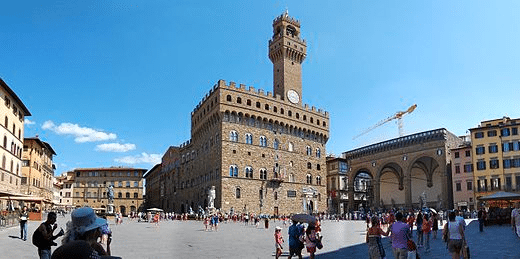
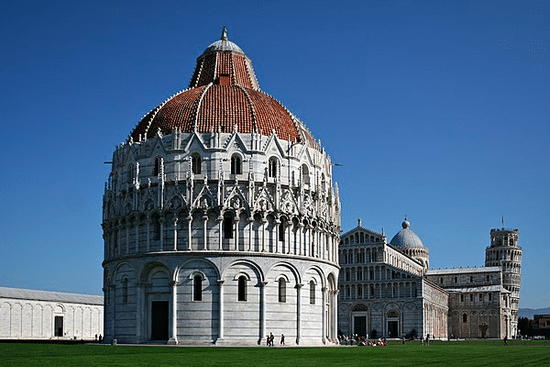
Piazza del Duomo
Pisa
Piazza dei Miracoli is one of the finest medieval architectural complexes in the world and comprises four masterpieces from the 11th to 14th century: the cathedral, the baptistry, the cemetery, and the leaning tower. The complex is also associated with Galileo Galilei, who conducted his experiments at the Piazza.
Historic Centre of San Gimignano
Siena
The town of San Gimignano was an important stop for pilgrims on the Via Francigena in the Middle Ages. The city preserves its Medieval character, with its most prominent feature being the high towers, built between the 11th and the 13th century the noble families and upper middle-class merchants. Fourteen of these towers have survived to present day. Churches and palaces of the town are home to several masterpieces of artists from the 14th and 15th centuries.
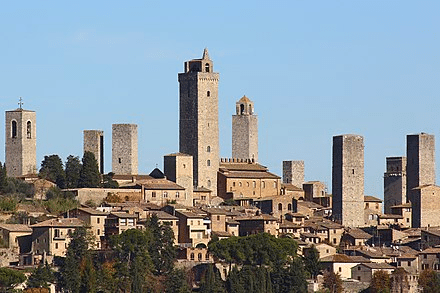
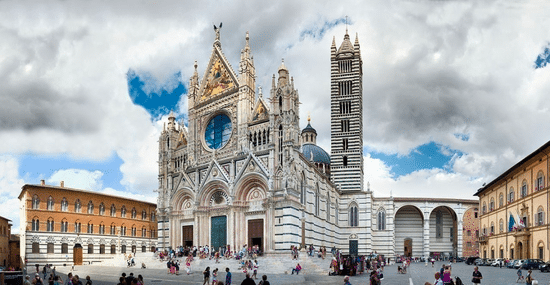
Historic Centre of Siena
Siena
The city of Siena has preserved its medieval gothic character from the 12th to 15th century. The city is built around the Piazza del Campo. Several important renaissance painters were born and worked in Siena, including Duccio, Ambrogio Lorenzetti, and Simone Martini. The Siena Cathedral is pictured to the left.
Historic Centre of the City of Pienza
Siena
In 1459, Pope Pius II decided to transform his hometown of Pienza according to renaissance humanist ideas of urban design. The project was supervised by the architect Bernardo Rossellino who built new squares, churches, and palaces. Pienza was later a model for urban development in other Italian and European cities.
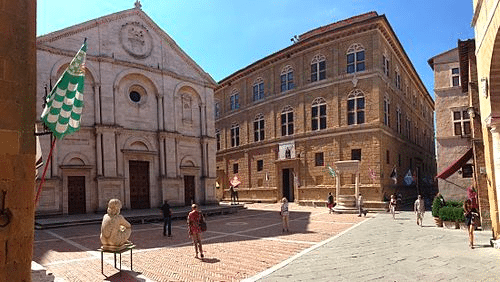
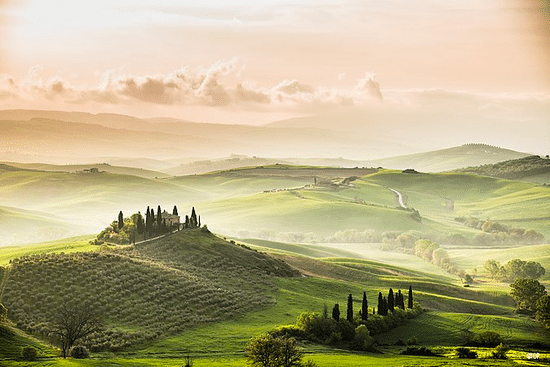
Val d’Orcia
Siena
The cultural landscape of Val d’Orcia in the hinterland of Siena was carefully redesigned during the 14th and 15th century in line with the Renaissance aesthetical ideals. The landscape consists of small villages, towns, fields, pastures, meadows, and small farms. It has featured prominently on the paintings of the Sienese School.
Medici Villas and Gardens in Tuscany
Several Sites
This site comprises twelve villas and two gardens built under patronage of the Medici family in the 15th to 17th centuries. They represent a new type of aristocratic residences, in departure from military castles or rich farms. The villas and gardens were places of leisure, arts, and knowledge. They were designed in line with the principles of Renaissance humanism. The Villa Medici in Fiesole is pictured.

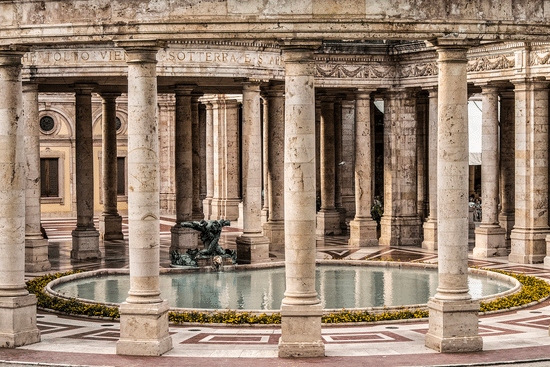
The Great Spa Towns of Europe
Pistoia
TThe Great Spa Towns of Europe comprises 11 spa towns in seven European countries where mineral waters were used for healing and therapeutic purposes before the development of industrial medication in the 19th century. The town of Montecatini Terme is listed in Italy.
